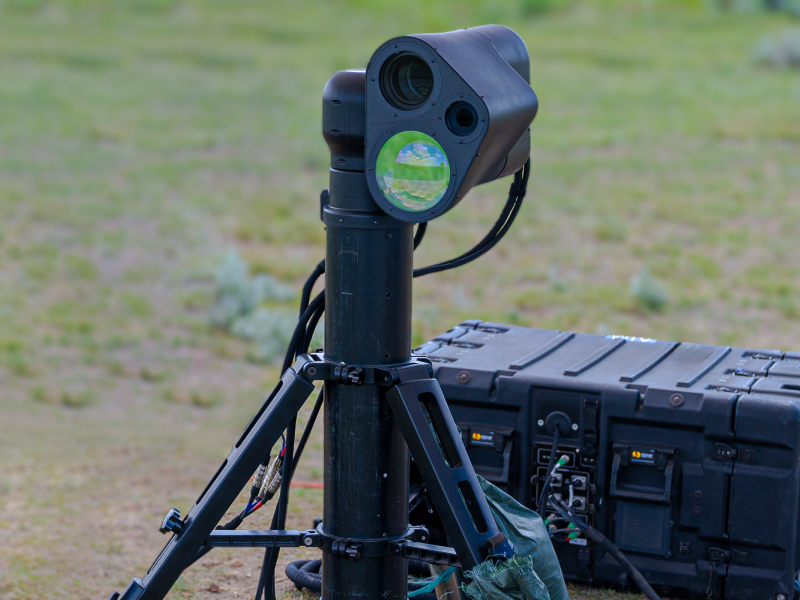Melbourne-based AIM Defence has beaten 14 anti-drone technology local and international companies to win CA$1 million (A$1.1 million) dollars from the Canadian Army.
During a three-week contest that ended in mid-June, AIM Defence’s Fractl:1 high powered laser, integrated with an in-house developed AI tracking system, neutralised 30 drones at distances up to 1.5km away.
According to the high-power laser developer, there has been “significant follow-on interest” from the Department of National Defence and Canadian Armed Forces in the weeks since.
The next Counter Uncrewed Aerial Systems Sandbox, run through the Canadian Armed Forces’ innovation for defence excellence and security (IDEaS) program, will be held in 2026.

At Defence Research and Development Canada (DRDC)’s Suffield Research Centre, AIM’s Fractl system and its competitors engaged quadcopter, first-person view and fixed wing drones.
Joint second place went to Canadian firm DARIT Technologies and the University of Toronto’s Prandtl Dynamics, with both companies taking home CA$375,000. Electro Optic Systems, the only other Australian company to compete, was left out of the prizes
Other participants, including Boeing, came from the United States, the United Kingdom, and Israel.
AIM co-founder Jessica Glenn said “it was a challenging event and we’re proud to have come out on top”. The 2024 edition of the sandbox welcomed participation from high power lasers for the first time.
The company, which also has an office in Vancouver, is “extremely grateful” to the Canadian government, she said, which granted businesses CA$20,000 to participate in the contest.
AIM’s prize-winning display follows a $5.4 million contract signed with the Australian government for internal test and evaluation of the company’s Fractl:2 system. The Fractl:2 features a significant uplift in safety on its predecessor.
Jae Daniel, the company’s other co-founder, said AIM plans to “reinvest the winnings back into AIM so we can continue to develop best in class technology and protect our allies”.
The Canadian Armed Forces and Department of National Defence also run a counter uncrewed aerial systems concept development program that provides funding of up to $500,000 over nine months. Successful concepts can potentially access a further $2 million in additional funding.
Do you know more? Contact James Riley via Email.

